Trailer Train began acquiring 85-foot flatcars in 1958. This class F85A car, built by American Car & Foundry in 1958, carriers two Baltimore & Ohio 35-foot trailers shortly after delivery. Classic Trains collection […]
TOFCEE SERVICE

Action may be required on your Trains.com account in order to continue accessing content. Click here to learn more.

Trailer Train began acquiring 85-foot flatcars in 1958. This class F85A car, built by American Car & Foundry in 1958, carriers two Baltimore & Ohio 35-foot trailers shortly after delivery. Classic Trains collection […]

My first train set (or locomotive) was…? When I was quite young, my parents bought me a secondhand Christmas train set. My best recollection is that it was probably a Marx set with strange couplers and lithographed tinplate sides. There was a small 0-4-0 steamer, a silver Gulf Oil tank car, a tan baby Ruth […]
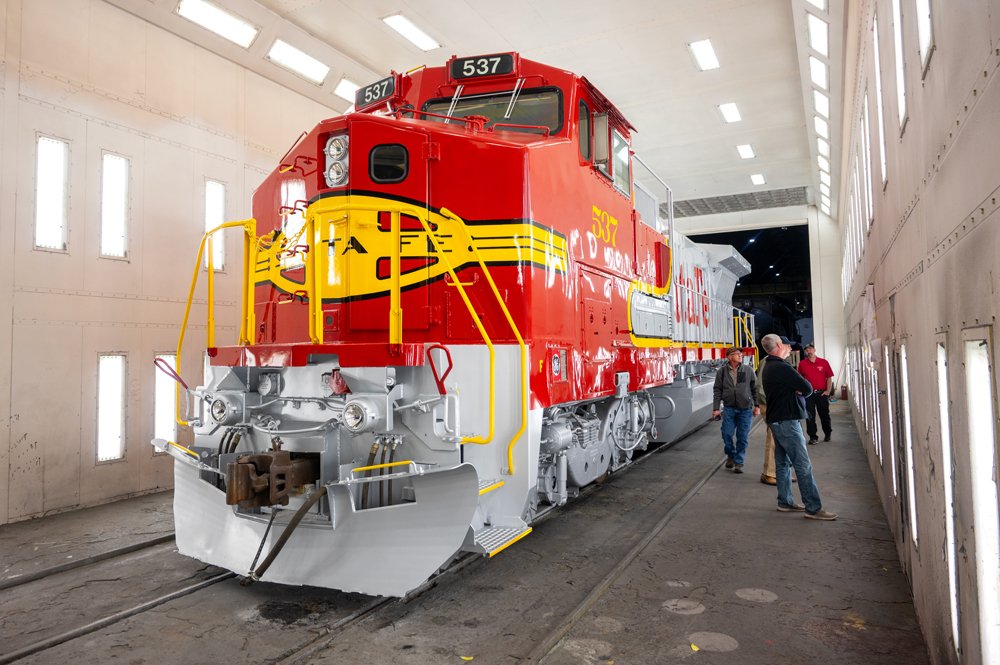
SILVIS, Ill. — Santa Fe No. 537 sparkled in the paint booth of the Railroading Heritage of Midwest America shops during a Friday night dinner and unveiling of the repainted GE B40-8W at the former Rock Island Railroad Silvis Locomotive Shops. The RRHMA hosted its “Trains & Tractors” event on Friday and Saturday, October 18-19, […]
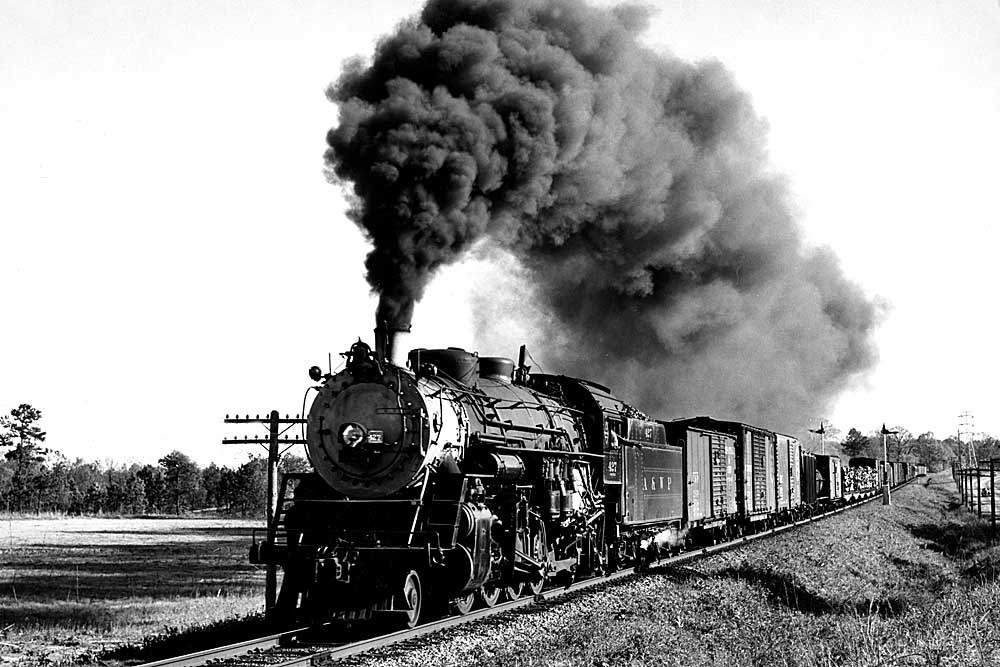
Atlanta & West Point locomotives were carefully curated alongside those of its sister roads. Although much of the West Point roads’ 20th-century steam locomotive fleet looked like the “Georgian Locomotive” memorialized by H. Stafford Bryant Jr. in his book of the same name — a handsome, elegant group — perhaps the most interesting […]
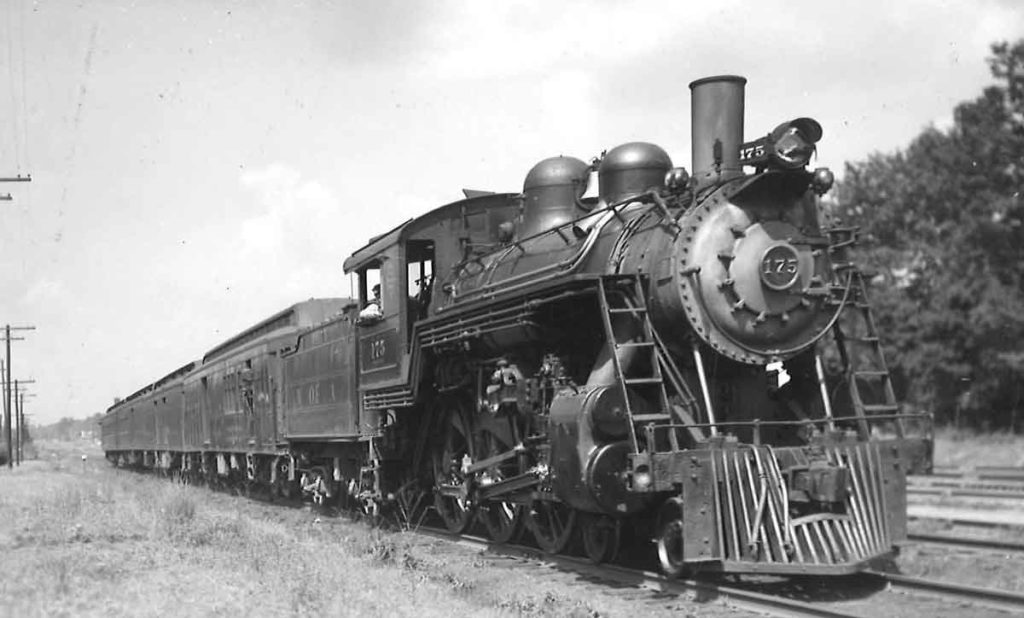
West Point Route passenger trains: All through October 2024, Classic Trains editors are celebrating the history and heritage of the West Point Route: Atlanta & West Point and Western Railway of Alabama. Please enjoy this photo gallery of West Point Route passenger trains, originally published online in 2017. […]
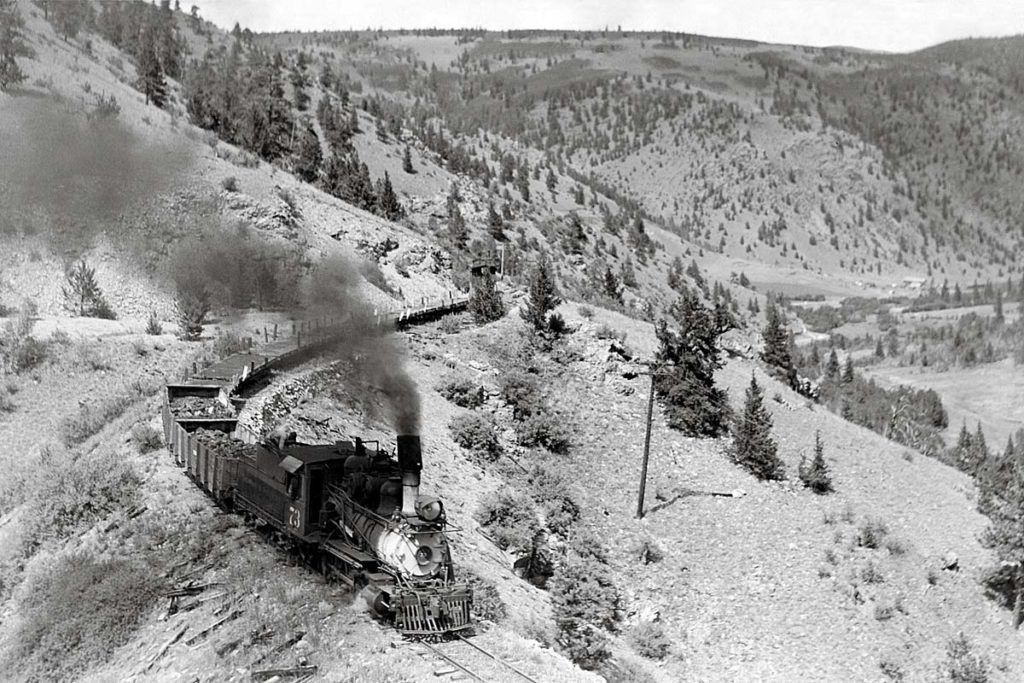
Colorado & Southern 2-8-0 No. 73 follows 3-foot-gauge tracks toward the summit of Kenosha Pass, high above the canyon near Webster, Colo., on July 14, 1938. Soon these tracks of the South Park Line will be abandoned. R.H. Kindig photo […]

PLEASANT LAKE, Ind. — The Indiana Rail Experience operated its second cigar train using Fort Wayne Railroad Historical Society passenger cars on Saturday, Oct. 12, 2024, on host railroad Indiana Northeastern. The “Rocky Patel Rolling Smoke Cigar Train” train operated behind Nickel Plate Road SD9 No. 358 in pull-pull fashion from Pleasant Lake to Hillsdale, […]
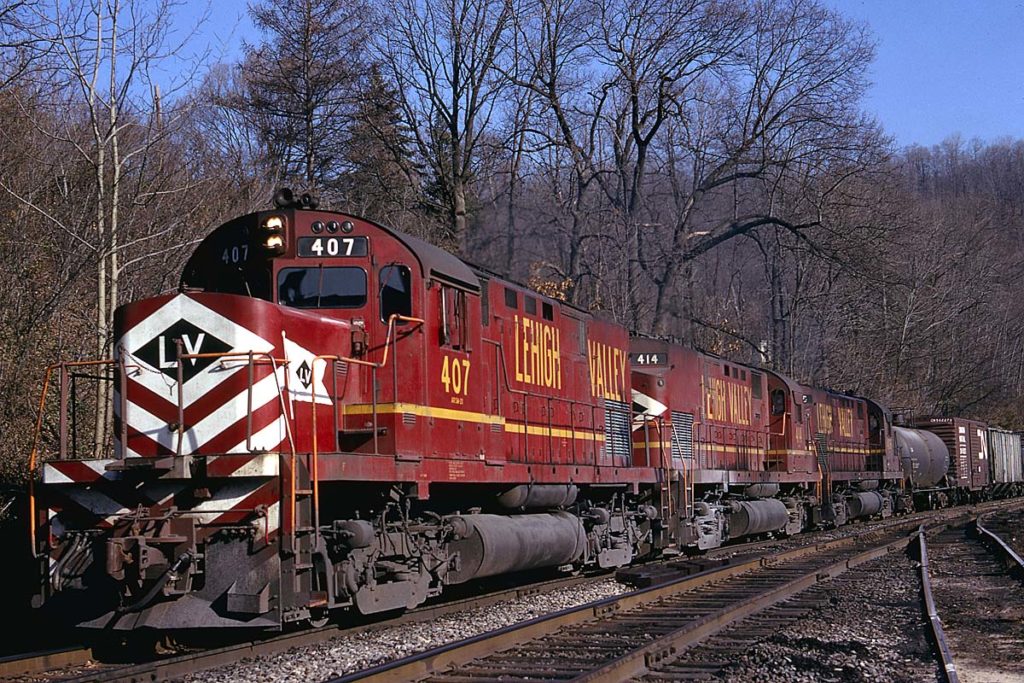
Three Lehigh Valley Alco C420s fly the company flag at Treichler, Pa., in May 1974. The units were delivered in the mid-1960s in gray and yellow. Mike Bednar photo […]
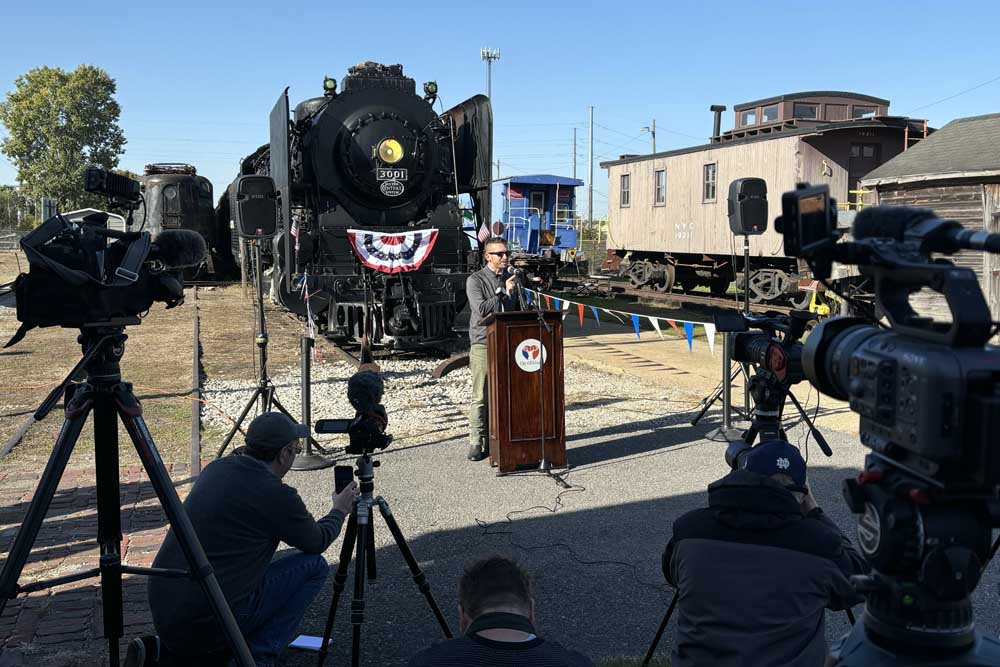
The steam community is in a happy state of shock this week with the news that New York Central 3001, one of the NYC’s famed 4-8-2 Mohawk engines, might be restored to operating condition by the Fort Wayne Railroad Historical Society, operators of famed Nickel Plate Road 2-8-4 No. 765. The announcement came Oct. 9 […]
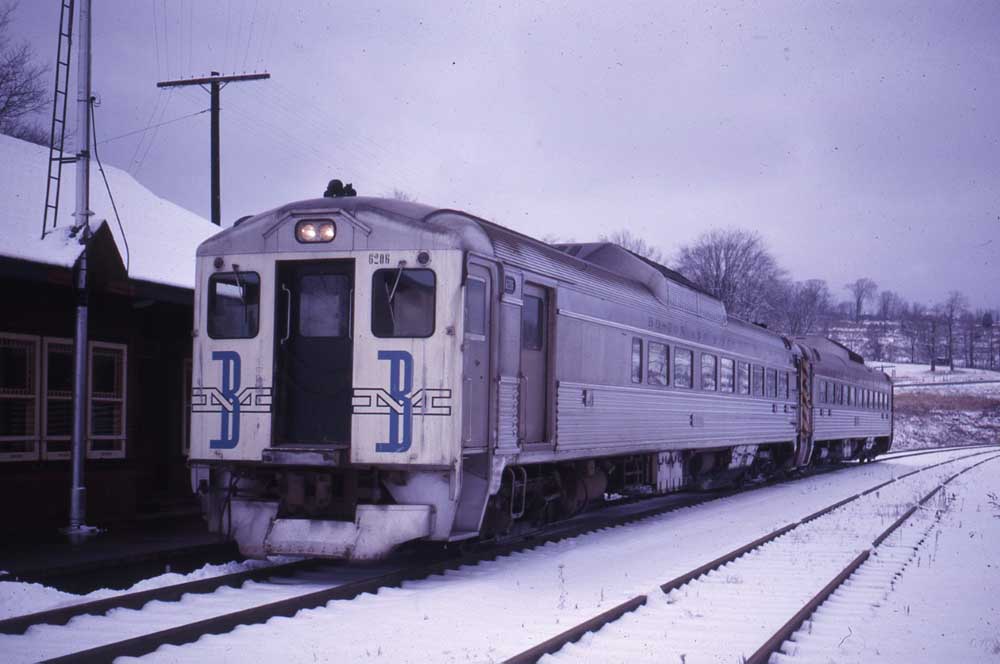
To win over the railroads with its new Rail Diesel Car (RDC), the Budd Co. wasn’t content with a single model type. In a time of declining passenger traffic during the post war years, the car manufacturer banked on multiple to meet the needs of either passenger, baggage-express or mail, as well as for all […]
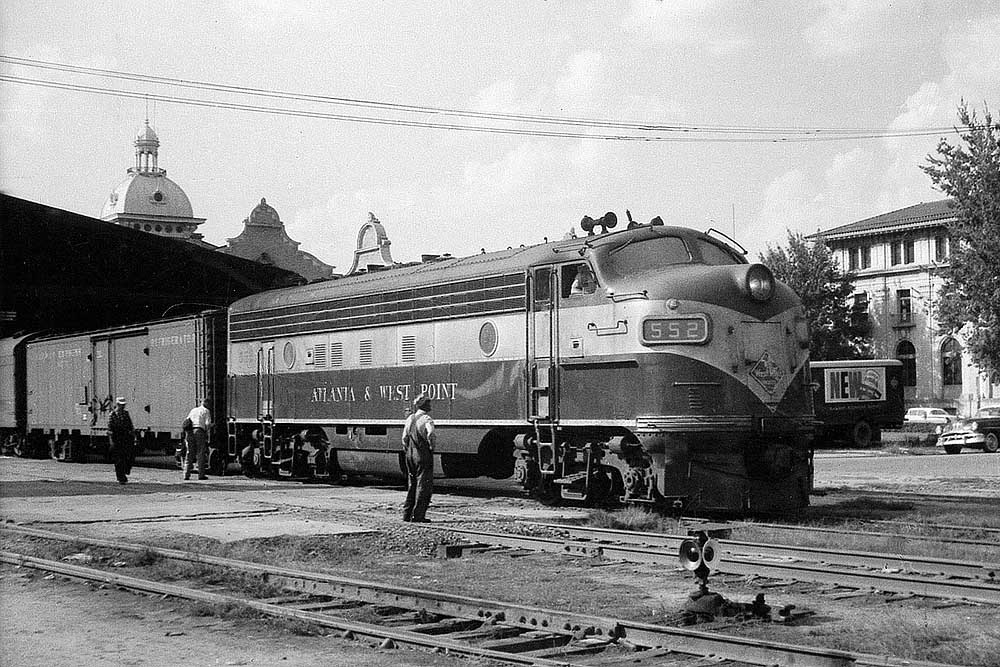
First the tracks were built east. Then west. Then west some more. Such were the uncertain beginnings of what became the West Point Route. Construction began on the banks of the navigable Alabama River at Montgomery, the capital. During 1834-41, 32 miles of standard-gauge track extended east toward both West Point and Columbus, Ga., […]
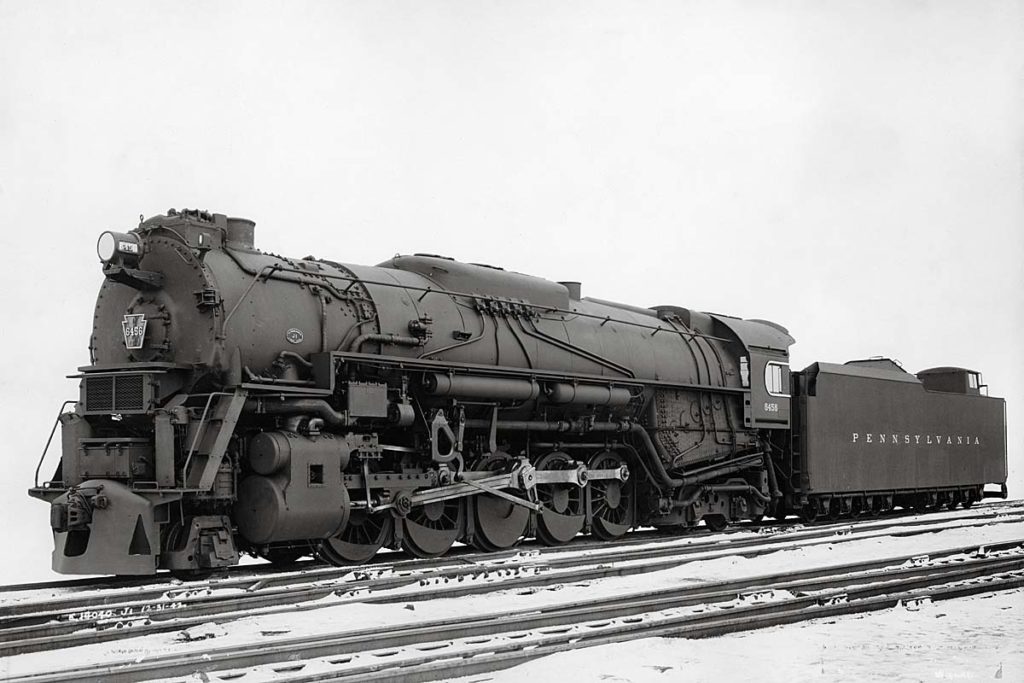
Pennsylvania Railroad 2-10-4 No. 6456 is one of 125 such locomotives on the roster. The home-built engines were in the J1 and J1a classes, built between 1942 and 1944. The last was retired in 1959. Classic Trains collection […]